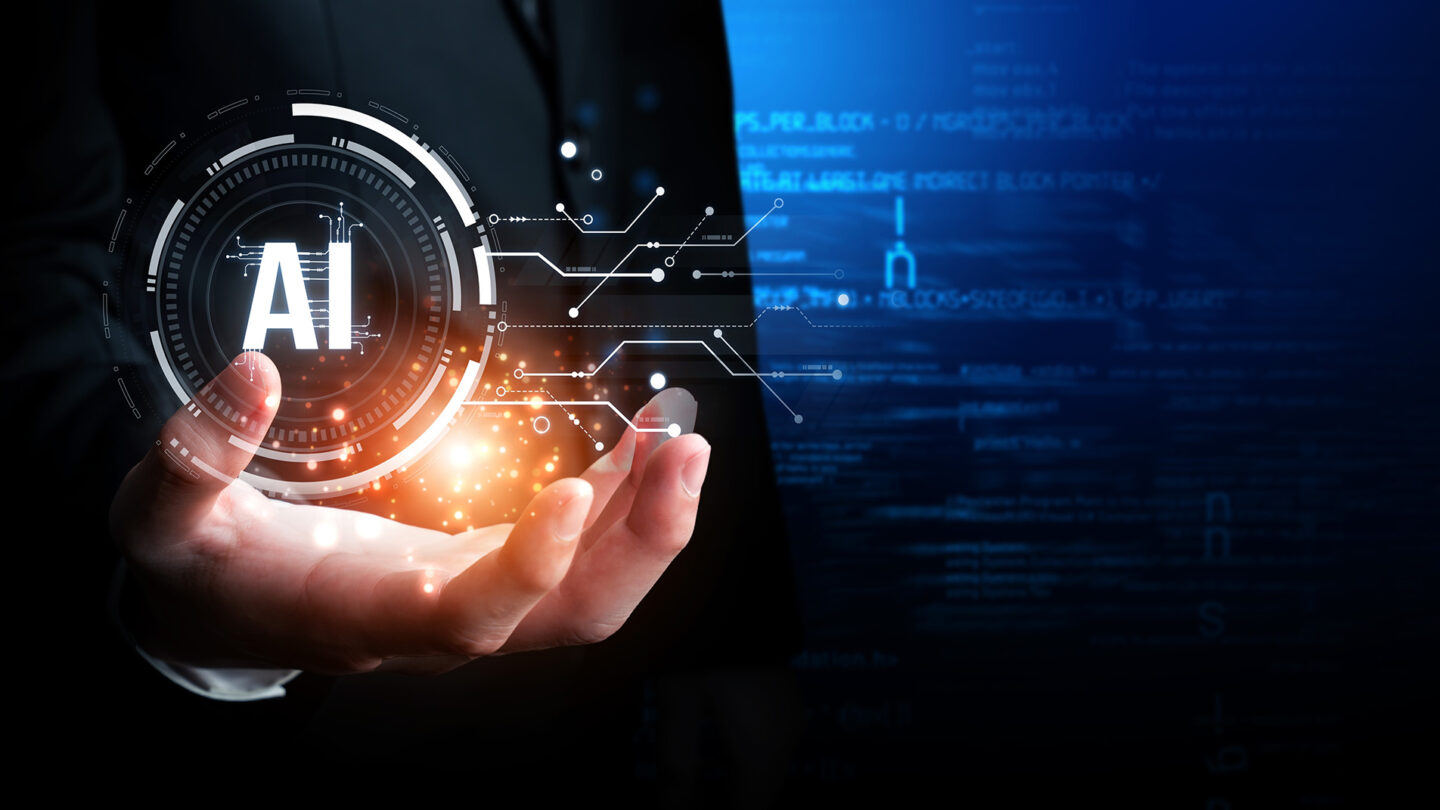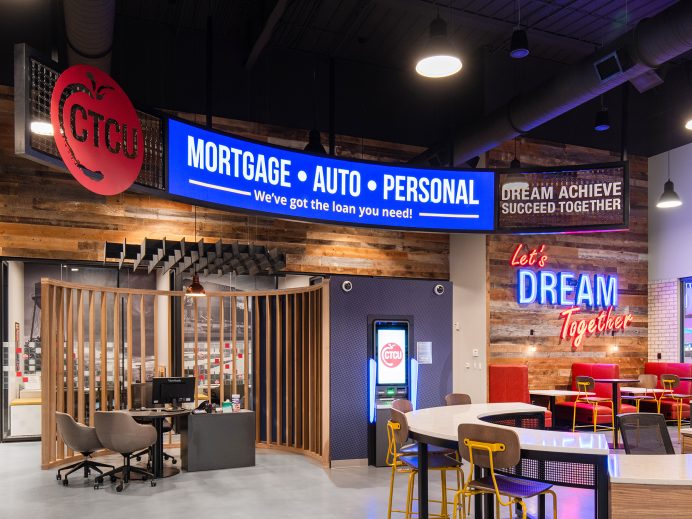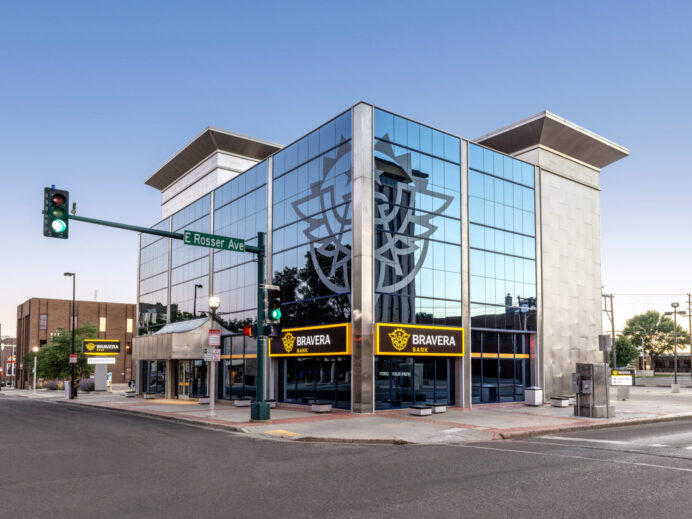AI Tools Enhance Brand Experiences of the Future
Thanks to AI, our shopping experiences are efficient and easier, our search is more meaningful and material, and our entertainment consumption is customized and curated. Virtually all of our modern-day interactions with brands are driven by the backbone of an AI algorithm. AI has become so pervasive that it is both expected and invisible to the average user. As a result, consumer choice has exploded, and you don’t have to be Amazon or Google for AI to have a big impact on your brand.
AI marketing tools transform shopping, search, and customer experiences by personalizing interactions and optimizing decision-making processes. These tools analyze customer behavior, including browsing history, preferences, and past purchases, to create tailored recommendations and product suggestions. In search, AI-driven algorithms enhance relevance by predicting the user’s intent, improving search accuracy, and offering smarter auto-complete options — all of which can help make it easier for customers to find the products they’re interested in.
For brands, AI tools can help streamline marketing strategies, allowing for targeted campaigns that resonate with customers, and boosting engagement and conversion rates. Brands can also leverage dynamic pricing and personalized promotions based on real-time customer insights, driving loyalty and customer retention. Overall, AI tools help brands build stronger, more personalized customer relationships, creating a more consistent brand experience.
Artificial Intelligence is Everywhere
Every brand today is touched by AI in some way. Take an Uber? The platform learns how to appropriately deploy enough drivers based on volume. Use Yelp to rate a restaurant? AI is used to rank and sort meaningful data. AI drives the whole of social media. That’s why it’s such a big deal when Facebook announces changes to its newsfeed algorithm. Even brands that don’t deploy AI internally are impacted by AI externally. Even the smallest of companies need to be concerned about search engine optimization (SEO), Google rankings, and keyword search — because AI algorithms sift through data and refine relevant results. After all, how will people find you if you don’t rank?
AI tools in digital marketing are like your new creative pal. They can help you whip up blogs in a flash, craft snappy product descriptions, and even write spot-on ad copy. These tools can fine-tune your ad targeting, boost personalization, and automate repetitive marketing tasks like email campaigns, social media posts, and lead generation. Don’t forget about AI-powered chatbots. They’re there to improve customer experience by answering questions in real-time — the better the customer experience, the greater the likelihood of a long-time customer and word-of-mouth referrals. Who doesn’t want that?
The big buzz over the last few years is just how far AI will go. Machine learning is improving each and every day. Ultimately, that’s exactly what it was designed to do: learn and iterate to get better and better with each click and each interaction. While many companies are looking at ways AI will impact internal processes for delivering goods and services, there are ways that brands are already embracing AI to enhance brand experiences.
Curious about AI’s impact on the banking industry? Listen to our podcast.
Understanding Customer Behavior
At its heart, AI in the brand environment allows companies to gather information, study human behavior, and act on insights to enhance experiences. AI allows brands to learn from human behavior in a way that was hard to imagine even a decade ago. One of the biggest questions brands have about AI is the dataset. Do you have to have a huge data operation to get actionable insights? We’re not all Google with trillions of data points at our disposal. What’s interesting about the rise of AI is that brands can access external data to complement and contextualize a growing internal dataset. While brands are creating an internal process for AI, they can get relevant external data to inform their brand.
What this means is that brands are able to classify targeted data into meaningful categories. For example, brands can use an external dataset to develop creative messaging and imagery and align and assess its effectiveness. Most brands have an internal dataset at their disposal: unstructured social data — how consumers have interacted with brands via their social channels. AI will help brands classify and comprehend those interactions and leverage a strategy based on their own data. From there, brands can identify influencers, trends, and content that resonates with their audiences. This will empower brands to build awareness, advocacy, and ultimately, adoption among their target audiences.
AI is being used to augment the creative process behind branding in distinctive ways. When used for brand identity, AI has the capacity to translate directions into visual outputs. With each prompt a user enters, generative AI grows more and more sophisticated – learning, growing, and iterating – and AI not only answers questions, but produces visuals that stretch well beyond standard or stock imagery for brands. One recent example of creative use of AI in branding is the new brand platform developed for Harvard Federal Credit Union. Adrenaline’s team leveraged AI to create brand iconography that populates print ads and digital platforms. The team used classic symbols like the Harvard towers as the basis for AI to reimagine brand objects. A library of these objects was delivered with the brand platform, along with a series of prompts that the credit union can use going forward.
AI tools are also shaking things up in digital marketing, transforming customer interactions by streamlining communication and enhancing user experiences. Take AI-powered chatbots on websites, for instance — which can pre-screen customer inquiries and guide users to the right department or act as a customer service rep answering general questions. Chatbots use natural language processing to understand and respond to customer questions in real-time, handling routine queries, gathering important information, and filtering complex issues. The best part? They save time for both customers and businesses, boost response times, and cut costs by lightening the load on customer service teams.
By integrating these types of AI tools, brands can offer a more seamless customer journey, ensuring that they’re quickly connected to the right support or sales channels. This automation boosts overall customer satisfaction, reduces bounce rates, and enhances lead qualification, making digital marketing efforts more effective and personalized.
We all know about tech giants like Google and Amazon using AI tools as a central function of their offerings, but what about other brands that are not necessarily operating squarely in the tech space? There are a host of brands dipping their toes in the AI waters with their focus on consumer and brand experiences. Thinking outside the box based on AI learnings, many consumer-facing brands have gotten quite creative with inventive ways to surprise and delight their customers. Here are a few of the top brands using AI to improve customer experience, digital marketing, and more.
Examples of AI for Brands
Bank of New York Mellon: Generative AI solutions are being deployed across the financial services sector to create efficiencies, but most of those tools are handed down ready-made to employees to use for specific purposes – like risk management and fraud detection. BNY (Bank of New York Mellon) has taken a different approach with its generative AI platform Eliza. This open-source AI solution allows employees to customize the tool to their own needs, with use cases exploding across the organization, from customer service applications to deep learning and data deployment. The bank recently upgraded Eliza 2.0 to incorporate even more “complex, humanlike thought processes.”
Canva: Online graphic design platform Canva is putting the power of AI into the hands of its users through Magic Design, an AI design generator providing intuitive design assistance. This feature can suggest individual design elements such as color palettes, fonts, and layouts or create custom, on-brand designs for presentations, digital marketing assets, social media posts, and more. The easy-to-use AI tool can help even the most novice users create professional, modern designs for whatever they may need.
Mastercard: AI’s unique abilities to recognize patterns and sort and sift data are supercharging fraud detection for big credit brands like Mastercard. Using AI solutions in its Cyber Secure solution, Mastercard has been able to double the speed for detecting compromised credit cards and identify and stop fraudulent activity at the source, guarding future transactions against emerging threats. The technology scans billions of data points and millions of merchant transactions to identify fraudulent activity before it escalates further and harms a consumer’s credit profile. The financial services brand announced that it has launched an even more sophisticated version of AI to protect consumers from ever-evolving payment scams.
Sephora: A beauty brand that recognized the influence of AI early on, Sephora launched an AI-powered chatbot in 2016 to help its customers make beauty choices easier. Starting with a quiz about product preferences, the chatbot then shared product suggestions, making the sales process less off-putting and more interactive. Sephora continues to use this and other AI technology today, including more advanced AI tools like Sephora Virtual Artist, which allows customers to try on thousands of Sephora products directly from the app.
Spotify: Another brand who is no stranger to AI tools and technology is Spotify. According to Spotify’s VP of Engineering, “machine learning is at the heart of everything we do.” The company’s latest AI advancement, Spotify DJ, is touted as a personalized DJ that knows the music taste of users so well it can choose what to play for them and curate personalized playlists they will love. The DJ feature also provides commentary around the artists and tracks, with the ability to tell users why it is making these recommendations.
The brand applications for AI are exploding. If a brand can dream it, AI can help make it a reality. But what about specific industries — will AI have an outsize effect on a particular subset of experiences? What about AI in banking? Will robots be facilitating your investments and banking transactions in the future? They may already be doing it.
Want to learn about how you can apply AI to better your banking brand? Get started now.
Adrenaline is an end-to-end brand experience company serving the financial industry. We move brands and businesses ahead by delivering on every aspect of their experience across digital and physical channels, from strategy through implementation. Our multi-disciplinary team works with leadership to advise on purpose, position, culture, and retail growth strategies. We create brands people love and engage audiences from employees to customers with story-led design and insights-driven marketing; and we design and build transformative brand experiences across branch networks, leading the construction and implementation of physical spaces that drive business advantage and make the brand experience real.




